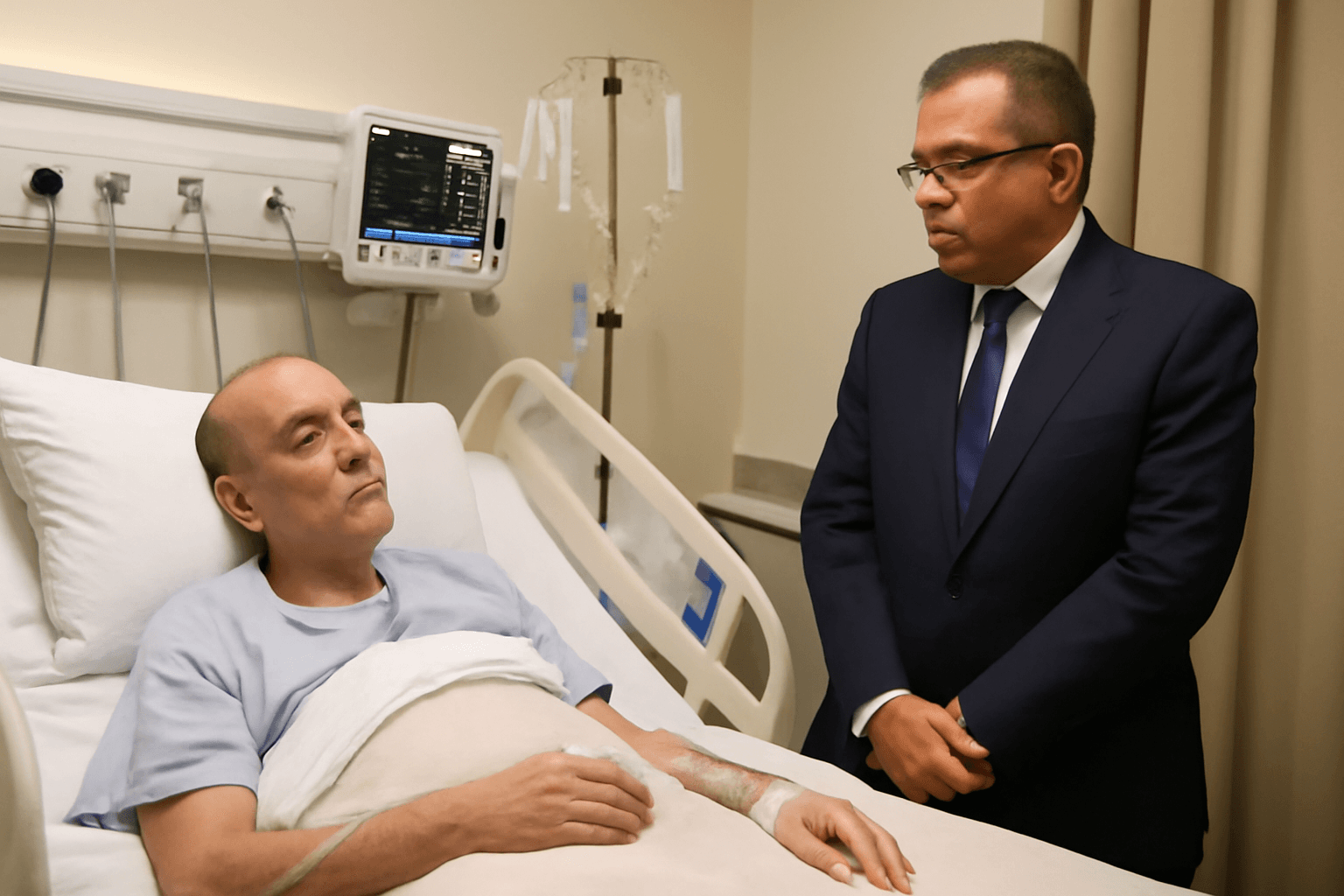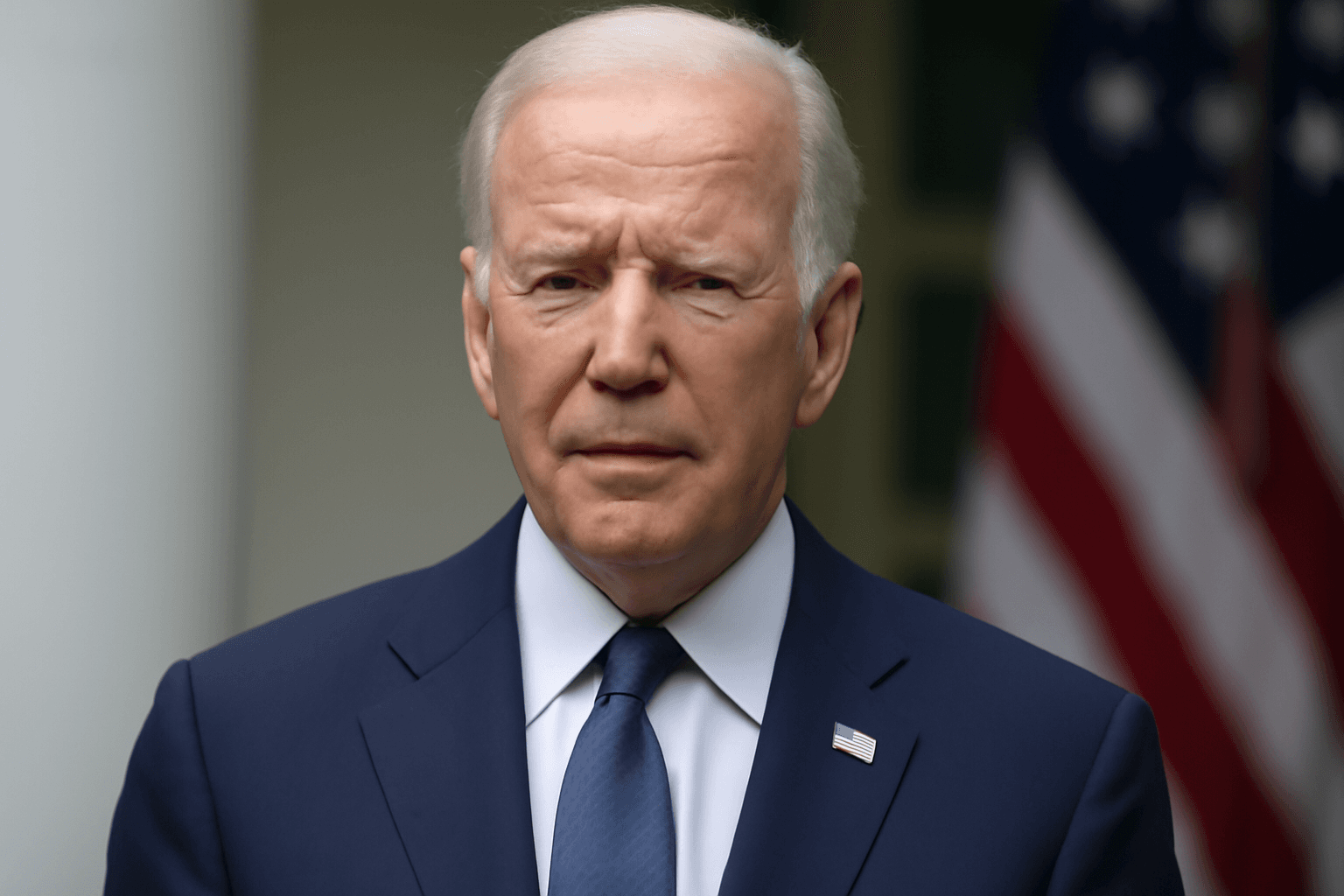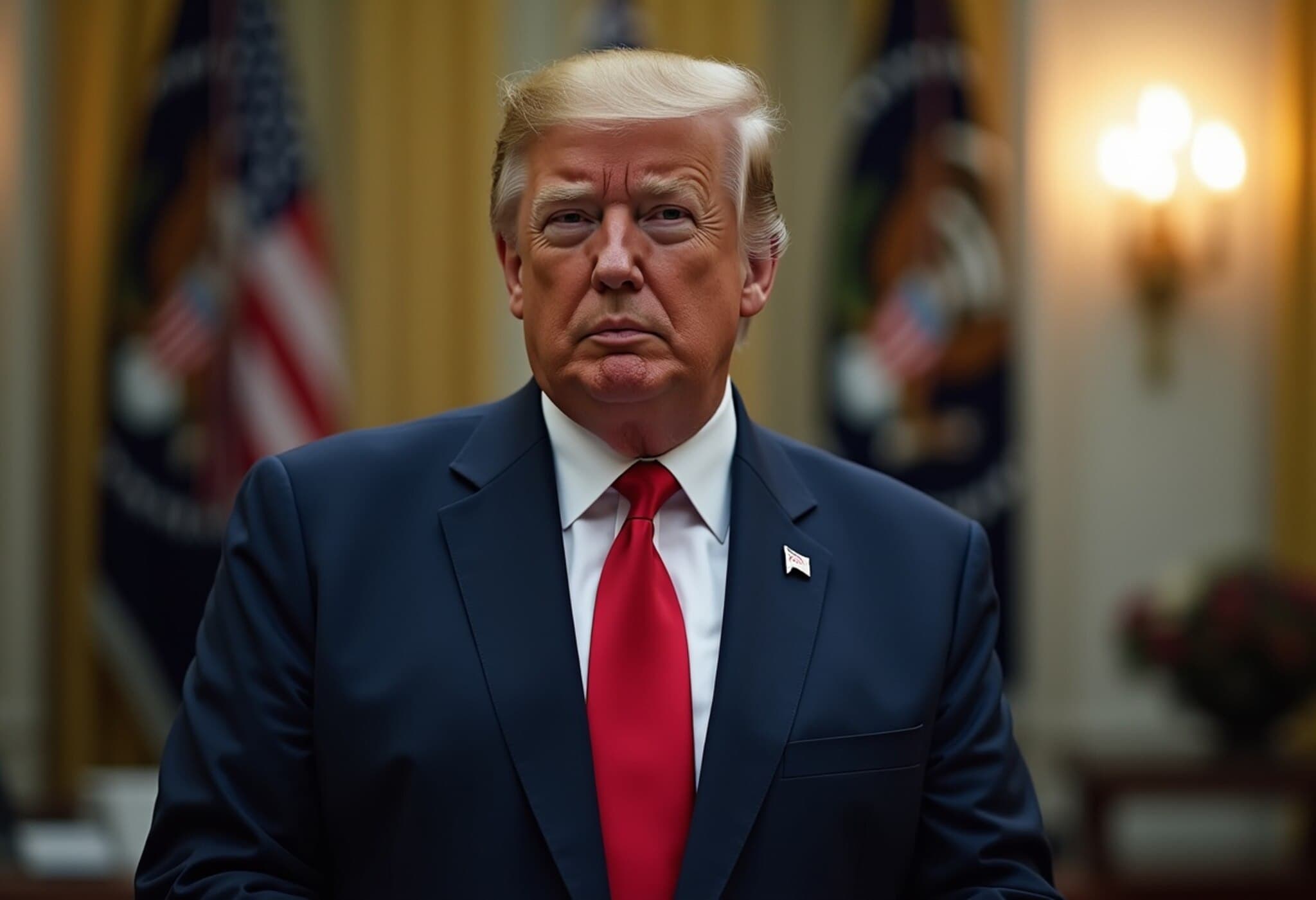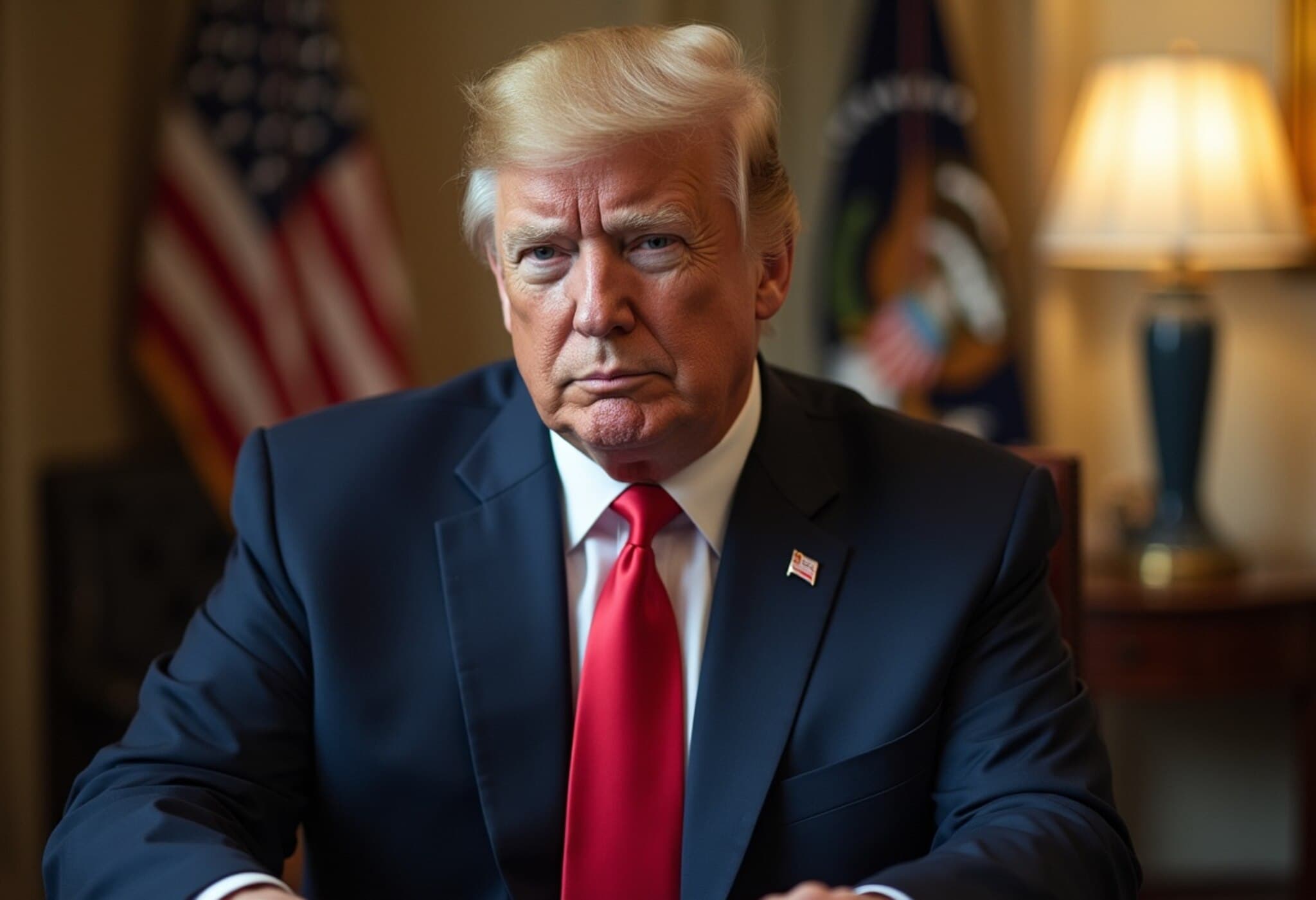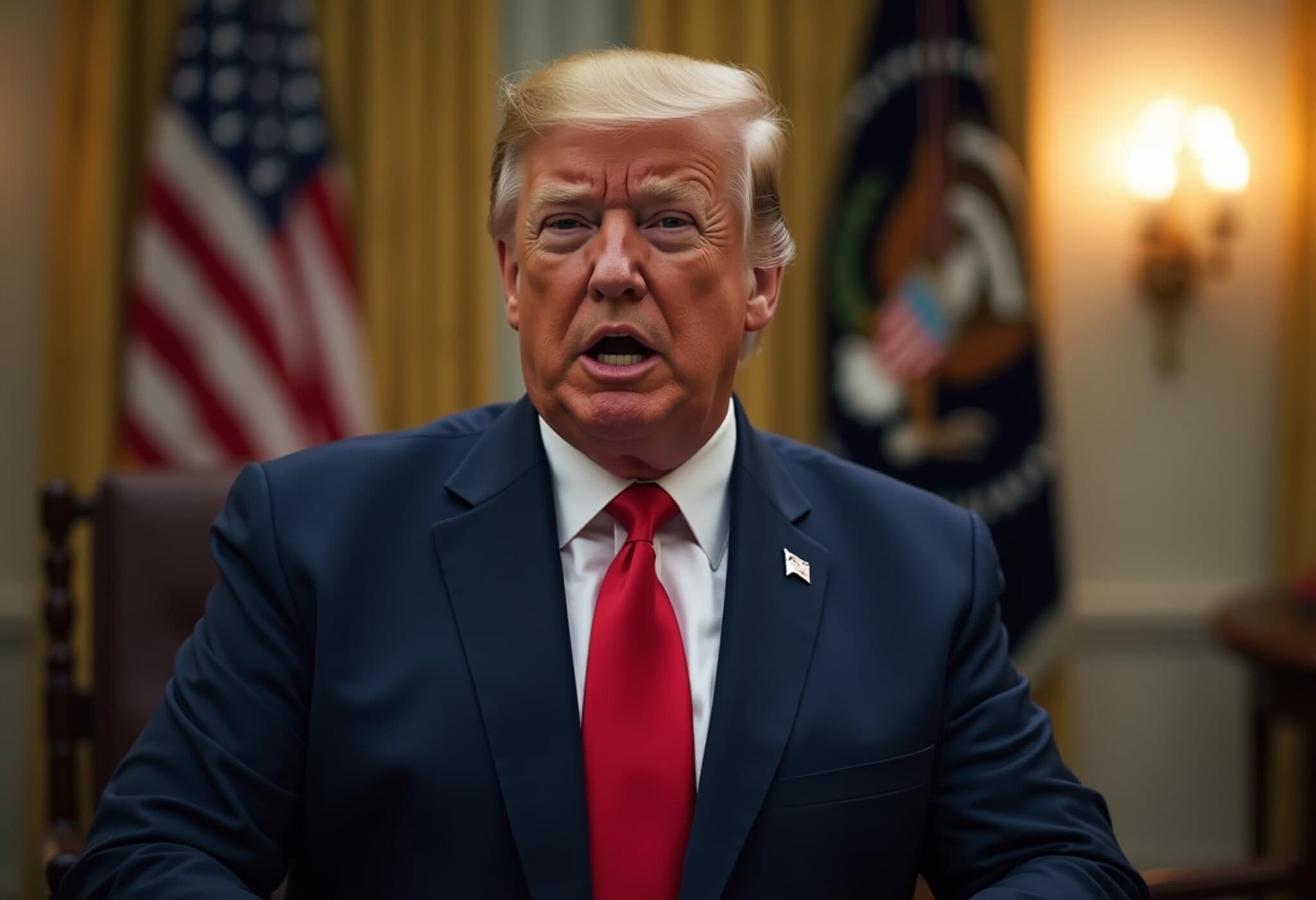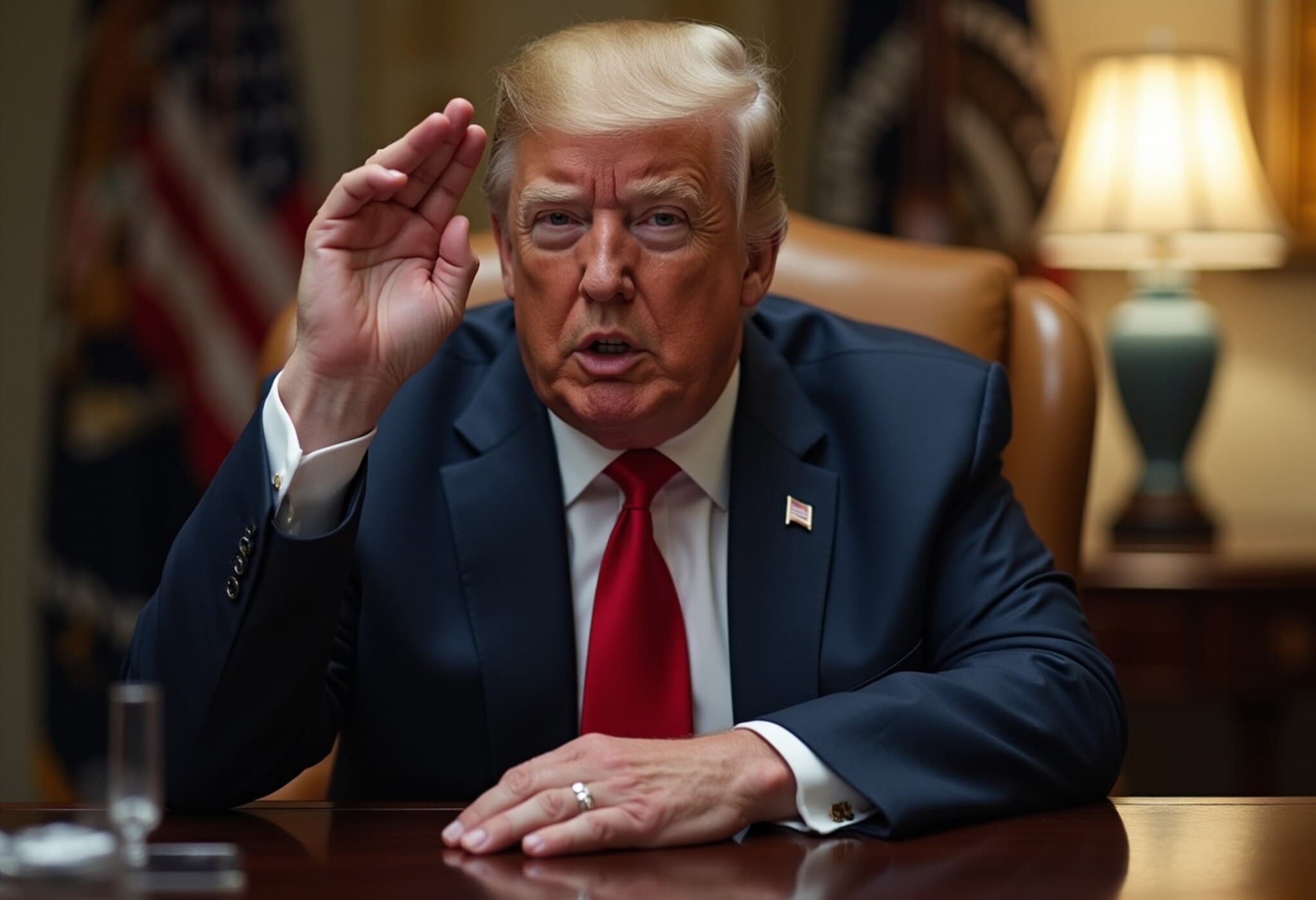President Trump Diagnosed with Chronic Venous Insufficiency, White House Clarifies
As discussions swirl around the visible bruises on President Donald Trump's hand, the White House has stepped forward with an official health update, revealing that the president has been diagnosed with a chronic but benign vein condition. The disclosure came after the commander-in-chief underwent a medical evaluation prompted by noticeable swelling in his lower legs.
The Medical Explanation Behind Hand Bruising and Leg Swelling
White House spokesperson Karoline Leavitt addressed growing speculation by sharing a physician’s note on Thursday, underscoring that all test results were within normal limits and that there is no evidence of serious vascular concerns such as deep vein thrombosis or arterial disease.
She explained that the bruising on the back of the president’s hand is most likely the result of minor soft tissue irritation, caused by frequent handshakes during public engagements combined with the use of aspirin—a medication Trump takes as part of a routine cardiovascular prevention regimen.
“The president wanted to be transparent and share this medical information himself,” Leavitt stated, emphasizing that the vein condition is common in individuals over 70 and not a cause for alarm.
Expert Perspectives and Public Speculation
Despite the White House’s clarifications, some medical professionals have expressed skepticism about frequent handshaking alone causing such bruising. Dr. Neal H. Patel from Providence St. Joseph Hospital noted earlier in the year, “I see many businessmen and rarely do I observe bruising purely from excessive handshaking. It's possible, but unlikely to be the main cause.”
This divergence reveals the complexity of diagnosing and interpreting symptoms, especially when public figures’ health is under the microscope.
Contextual Insight: Why Transparency Matters in Presidential Health
In the era of instant social media critique and widespread misinformation, the White House’s move to disclose medical details serves as a deliberate effort to preempt speculation and maintain public trust. With President Trump frequently under intense scrutiny, such transparency is critical in calming rumors and reinforcing confidence in his ability to perform presidential duties.
Furthermore, the diagnosis highlights a common health issue affecting millions of Americans and raises awareness about chronic venous insufficiency—a condition marked by impaired blood flow in the veins, often seen in older adults and potentially linked with lifestyle factors and cardiovascular health.
What Is Chronic Venous Insufficiency and Its Broader Implications?
Chronic venous insufficiency occurs when vein walls or valves in the legs do not function properly, resulting in poor blood return to the heart and leading to symptoms such as swelling, leg pain, and sometimes skin changes.
- Prevalence: It affects a significant portion of the population over 50, emphasizing the importance of awareness.
- Management: While typically benign, it requires ongoing management including lifestyle adjustments like exercise, leg elevation, and in some cases, medication.
- Public Health Angle: Highlighting such a condition in a high-profile individual can destigmatize vein diseases and encourage routine screening for vascular health.
Unanswered Questions and Future Considerations
The White House has not provided specifics on the duration or severity of the condition, nor whether it will impact President Trump’s upcoming schedule. Medical experts often advocate monitoring such conditions vigilantly to prevent complications.
This announcement opens the door to a broader conversation about the health of aging leaders, the standards of medical transparency in politics, and the role of preventative care in extending vitality into senior years.
Editor’s Note
While the White House’s disclosure about President Trump’s vein condition aims to dispel unfounded concerns, it also invites us to reflect on how public figures' health is communicated in the digital age. What balance should exist between transparency and privacy? And how can such moments heighten public understanding of common but under-discussed health issues like chronic venous insufficiency? As this story develops, these remain vital questions for readers and policymakers alike.


